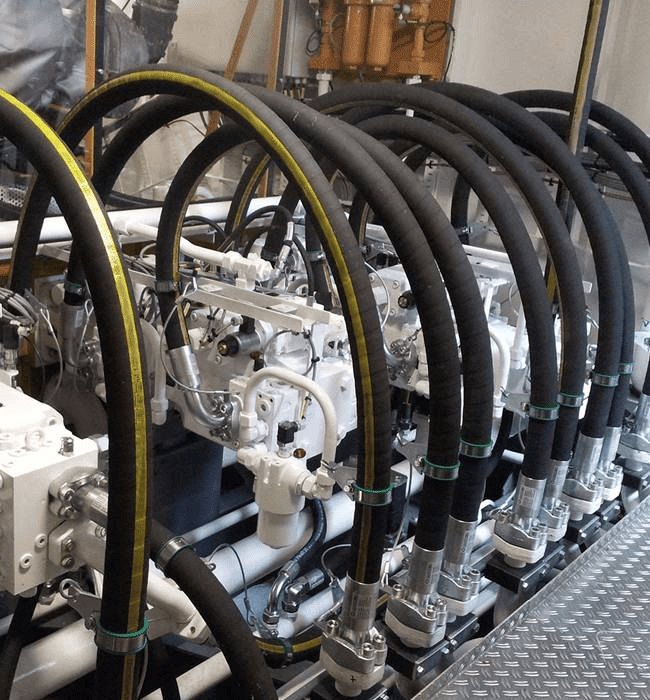Hydraulic hoses are widely used in hydraulic systems in construction machinery, อุปกรณ์อุตสาหกรรม, เรือ, and automobiles. They are critical components in hydraulic systems, offering high-pressure resistance, oil resistance, สึกหรอ, ความต้านทานต่อวัย, and excellent flexibility.
A hydraulic hose can burst or begin to leak for a number of reasons, potentially bringing your work to a standstill.
ในบทความนี้, you’ll learn how to repair hydraulic hoses, address leaks, and prevent future damage.
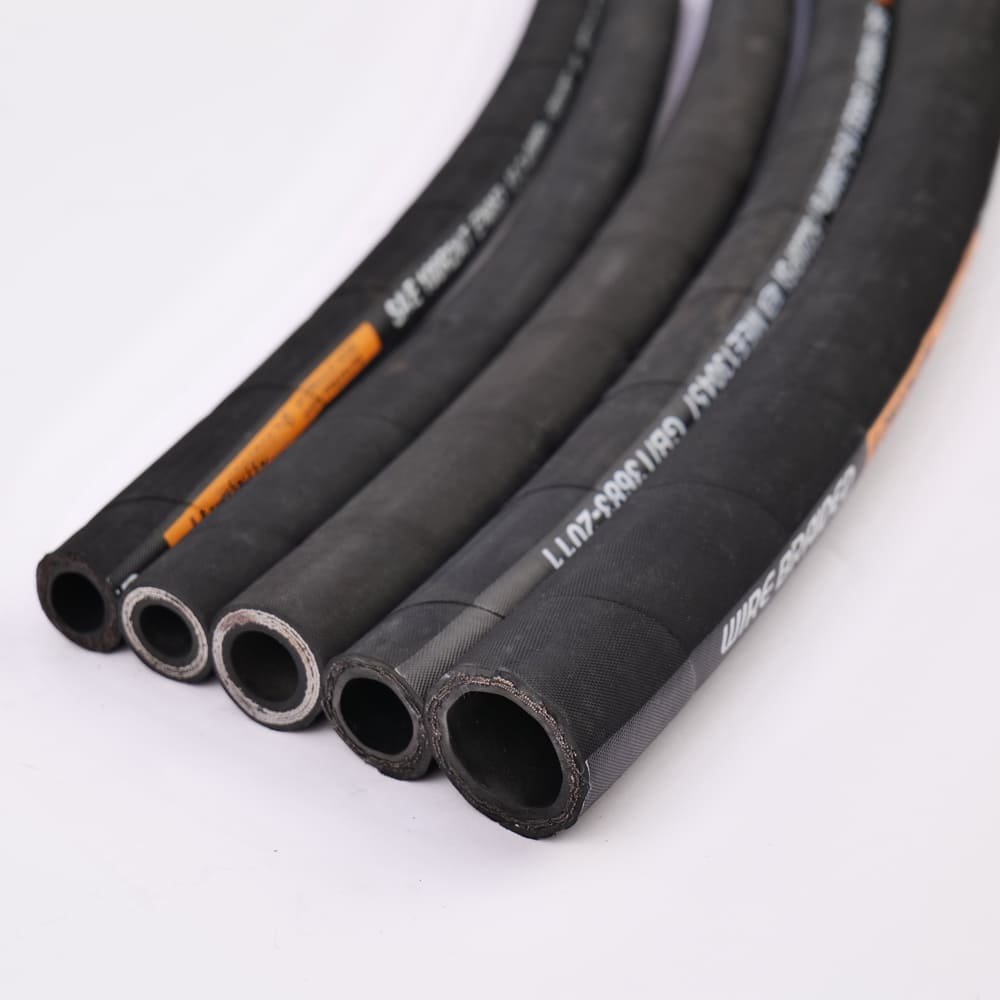
What Are the 5 Steps to Repair a Hydraulic Hose?
Let’s go through the process step by step so you know exactly what to do in the field or in your workshop.
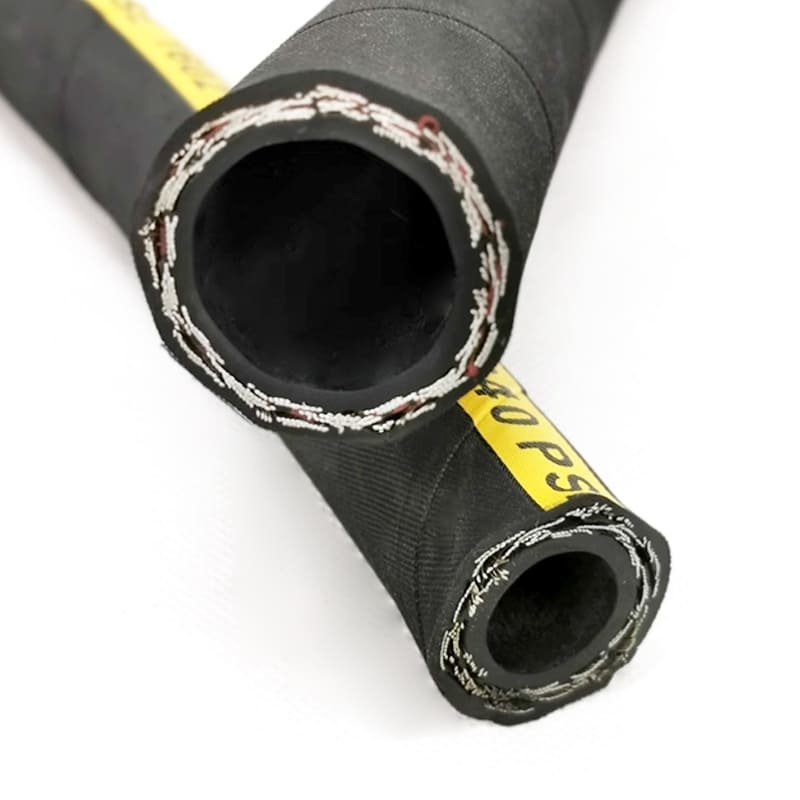
ขั้นตอน 1: Find the Damage and Release Pressure
Before doing anything, make sure the machine is turned off and all pressure is released from the system. Hydraulic fluid under pressure can be dangerous.
Look for wet spots, cracks, or bulges on the hose. Once you find the bad area, mark it so you know where to work.
Safety Tip: Don’t use your hand to feel for leaks. High-pressure fluid can pierce your skin. Use a piece of cardboard or paper instead.
ขั้นตอน 2: Choose the Right Hose
You’ll need a hose that matches the size and pressure of the old hose. Check the text on the side of the hose for the part number.
If you’re unsure what to buy, contact a hydraulic hose supplier who can help you find the right hose.
ขั้นตอน 3: Cut and Crimp the Hose
Use a hose cutter or a fine-tooth saw to make a straight, clean cut. Avoid using a hacksaw—it can leave metal dust that might get inside the hose.
Push the fitting into the end of the hose and use a hydraulic crimping tool to attach it tightly.
Tip: A hydraulic hose repair kit can save you a lot of time. It usually includes fittings, หนีบ, and crimp tools.
ขั้นตอน 4: Seal the Fittings
Make sure your connections are sealed well so there are no leaks.
- Use Teflon tape only on NPT threads.
- Don’t use any sealant on fittings with O-rings or 37° flares.
- Wipe the fittings clean before tightening them.
A good seal helps your system stay strong and leak-free.
ขั้นตอน 5: ตรวจสอบการรั่วไหล
After you reconnect the hose, slowly turn the system back on. Watch closely for drips, bubbles, or strange noises.
If you see a small leak, tighten the fitting a little more—but don’t over-tighten it.
When everything looks dry and smooth, your repair is done!
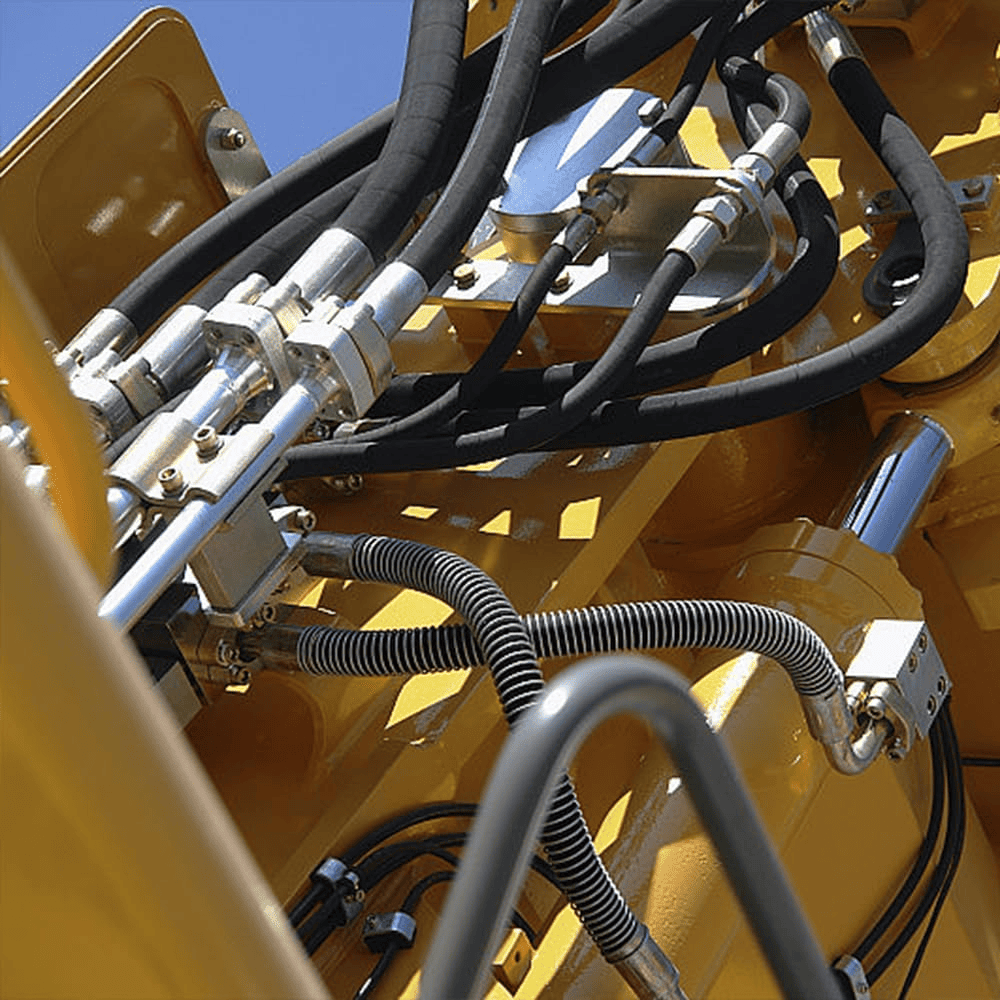
How to Temporarily Fix a Hydraulic Leak
If you’re out in the field and need a fast fix, you can patch the hose temporarily.
Clean the area around the leak, then wrap it tightly with hydraulic hose repair tape or an adhesive patch made for high-pressure hoses.
This quick fix should hold long enough to finish your job or get to a repair shop.
Remember: a patch is only temporary. Replace the hose as soon as you can.
How to Seal a Hydraulic Hose the Right Way
Good sealing is key to stopping leaks.
- Only use Teflon tape or Loctite 5452 on NPT or JIC threads.
- Don’t use sealant on O-ring or flare fittings.
- Always clean both sides before connecting them.
Clean, dry connections work best and last longer.
What Tools Do You Need to Repair a Hydraulic Hose?
Here’s what you should have ready before you start:
- Hose cutter or small saw
- Hydraulic crimping tool
- Replacement hose and fittings
- Measuring tape or ruler
- Cleaning cloths and sealant
- Hydraulic hose repair clamp (for quick fixes)
Having these tools ready will make repairs faster and easier.
What Are Common Causes of Hydraulic Hose Failure?
If you know why hoses fail, you can stop them from happening again.
- Rubbing or abrasion: The hose wears down from touching metal or other hoses.
- Wrong installation: A hose that’s twisted or bent too tightly can fail.
- Too much heat: High temperatures weaken the hose material.
- Dirty fluid: Dirt or water in the system causes damage inside the hose.
- Too much pressure: Going over the hose’s pressure rating can cause it to burst.
Regular checks help you find these problems early before they cause leaks.
How to Maintain Hydraulic Hoses to Prevent Future Leaks
Taking care of your hoses helps them last longer. นี่คือวิธีการ:
- Check hoses often for cracks, การรั่วไหล, or soft spots.
- Keep them clean so you can see problems early.
- Replace old or damaged fittings right away.
- Use protective sleeves or clamps to stop rubbing.
- Don’t let your system run too hot or under too much pressure.
Doing these small checks can save you time, money, and frustration later.
Proper care and maintenance of hydraulic hoses can extend the lifespan of your hoses, improve equipment efficiency, and reduce the risk of malfunctions.
At Hbkinglin, we are a dedicated manufacturer of hydraulic hoses. We produce high-quality hydraulic hoses and accessories, and our professional technicians are available to assist you in selecting the right, high-quality hoses. You don’t need to worry about hose damage within their normal service life. หากคุณมีคำถามใด ๆ, please contact us directly and we will provide a satisfactory solution.
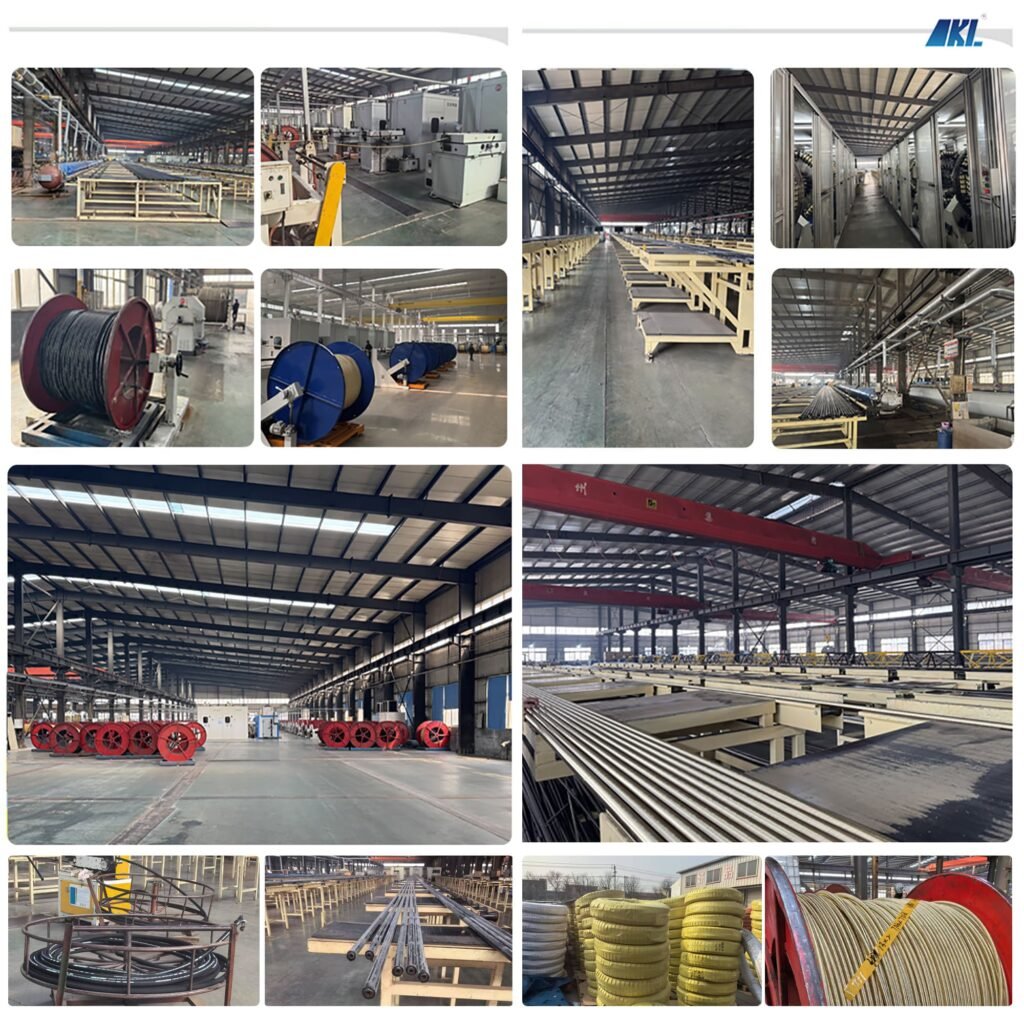
สรุป
Hydraulic hose damage is a common occurrence. Regular inspection of your hydraulic hose system is essential. If any problems occur, repair or replace them promptly to ensure stable operation.

